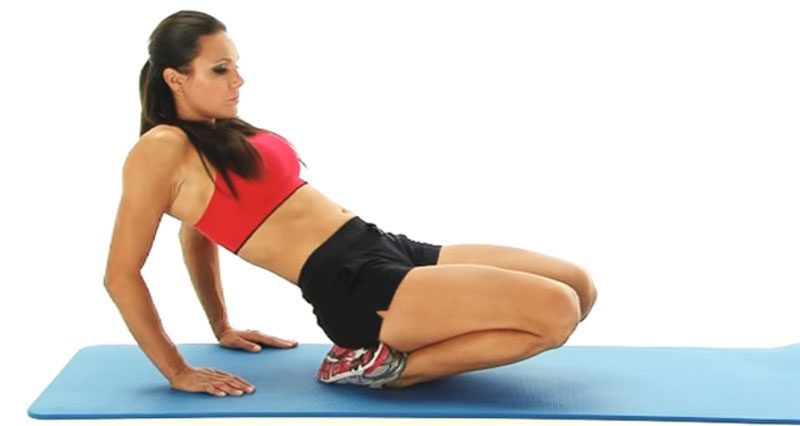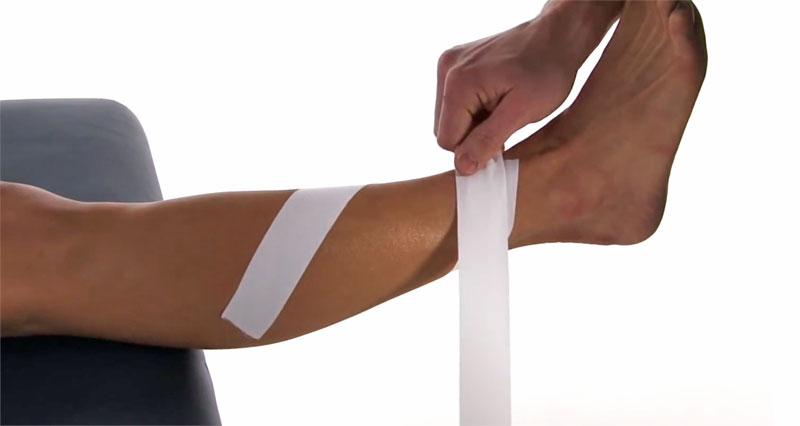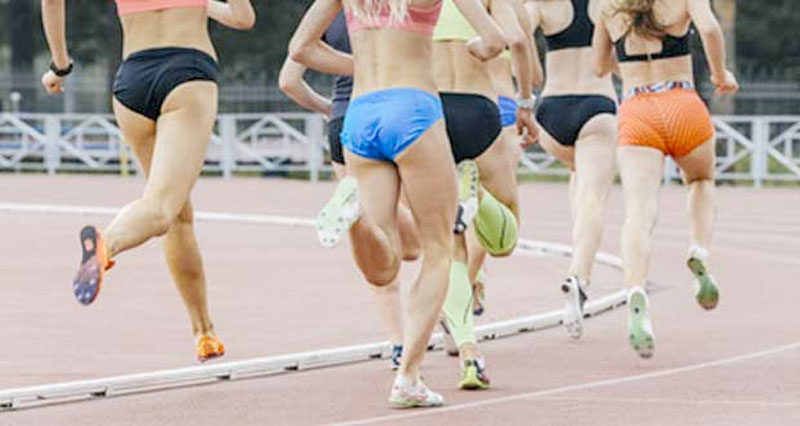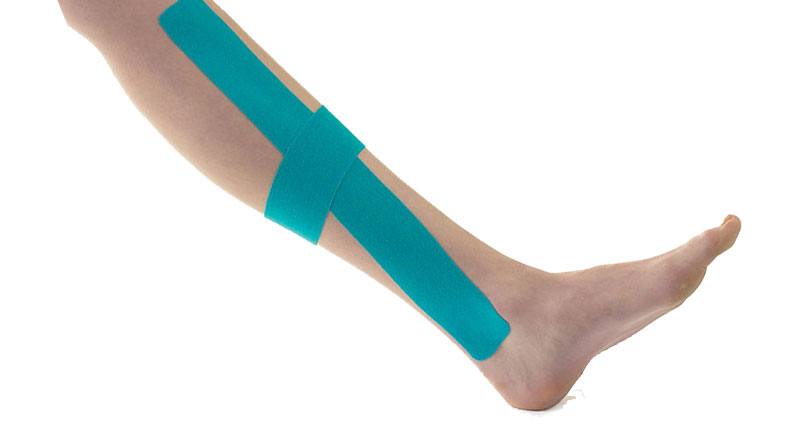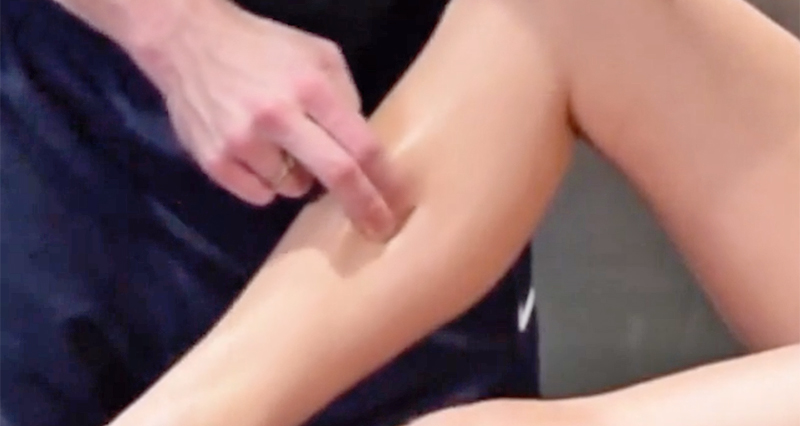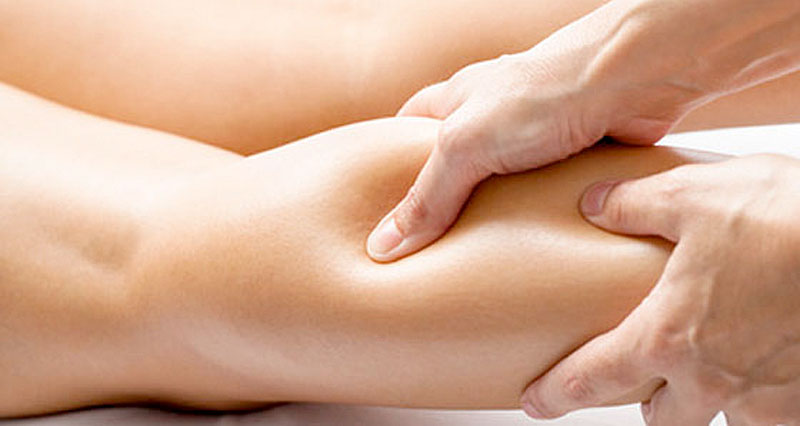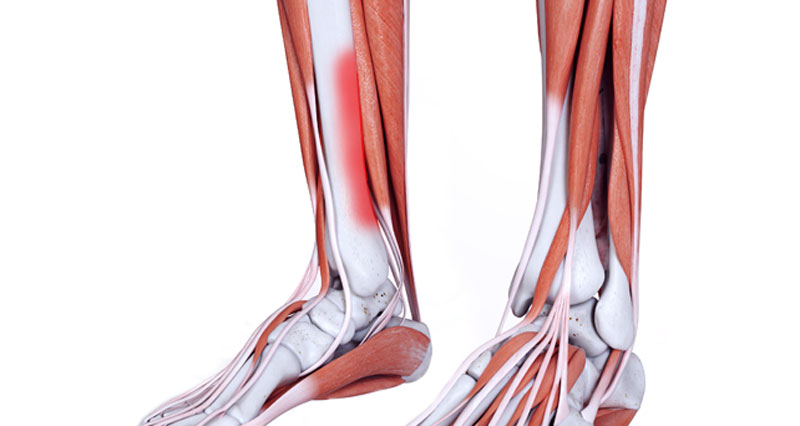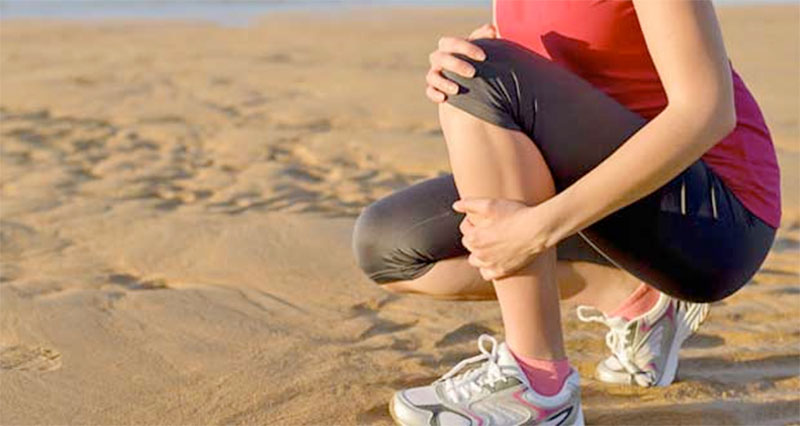Shin splints exercises are important for treating and preventing shin pain, specifically on the inside of the lower leg.
Stretching is an important part of treatment, in particular, stretching the calf muscles at the back of the lower leg. This will also help prevent your injury from recurring once training begins again.
In some cases strengthening exercises may be beneficial but initially, stretching exercises only should be done.
Stretches for shin splints
Shin splints stretching exercises focus on calf muscles which consist of the larger gastrocnemius muscle and the lower soleus muscle. Often these are tight. It is important to stretch with your knee both bent and straight to target the different muscles.
Shin splints exercises: Gastrocnemius stretch
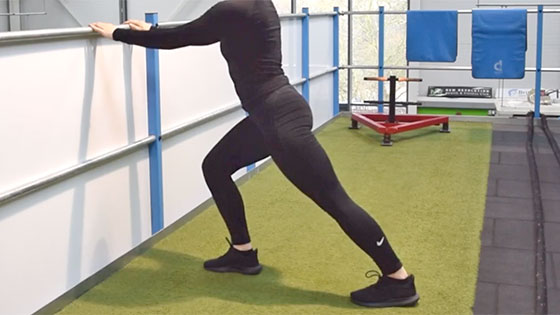
This is one of the most important shin splints exercises. To stretch the larger of the calf muscles lean against a wall with the back leg straight keeping the heel pushed into the floor.
You should feel a stretch at the back of the lower leg. If you can’t then move your heel further back. Hold for 20 seconds then relax and repeat 3 times.
If you have particularly flexible calf muscles then you may need to stretch on a step.
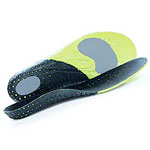
Arch Support Insoles
Shin splints exercises: Soleus stretch
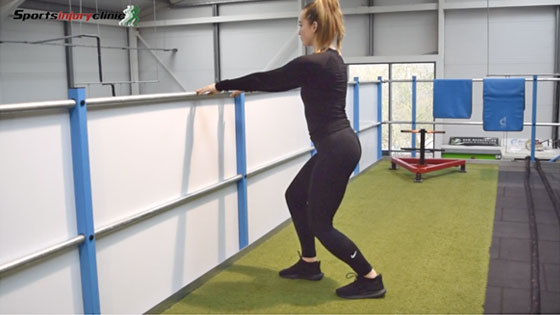
To stretch this muscle the knee must be bent to relax the overlying Gastrocnemius. The patient should stand to face a wall with the foot of the calf to be stretched at the back.
- The knee of the back leg should be bent towards the wall, keeping the heel on the floor.
- A stretch should be felt in the lower part of the back of the calf. hold this position for 30 seconds and repeat 3 times.
- A more advanced version of this stretching exercise is to place the forefoot or the front leg on the wall keeping the heel on the floor and gently push the front knee towards the wall.
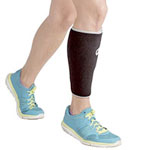
Shin & Calf Supports
Shin stretch
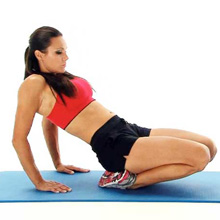
This stretches the muscles on the outside front of the lower leg. The athlete kneels down sitting on their heels.
- Gently push down on the heels to stretch the front of the leg. Hold the stretch for 30 seconds and repeat 3 times.
- To increase the stretch do one leg at a time and lift up the knee of the stretching leg.
Strengthening exercises for shin splints
Strengthening the muscles of the lower leg can begin after the initial painful, inflamed phase has passed. The emphasis though should be on stretching.
Calf raise exercise
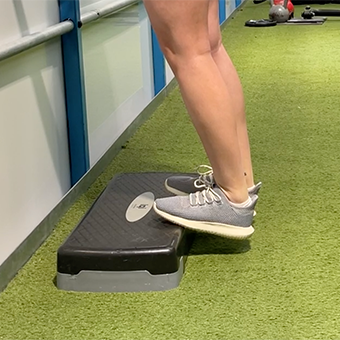
Calf raises strengthen all of the lower leg muscles. Perform them with both legs together initially, before progressing to a single leg only. Stand with the feet shoulder-width apart and knees straight. Hold onto a wall or similar for balance if needed.

Zinc Ocide Sports Tape
Lift the heels off the floor as high as possible and slowly return to the floor. Progress further by standing on a step with your heel off the back. Slowly lower your heel down past the level of the step.
Resisted dorsiflexion
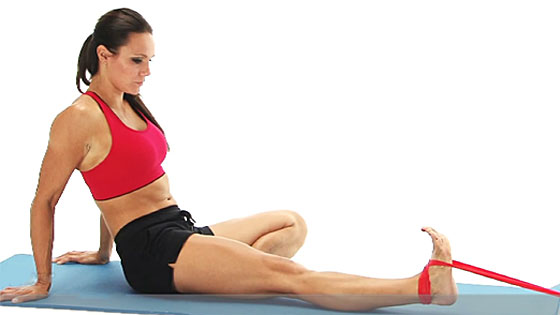
Dorsiflexion shin splints exercise – pull your foot upwards against the resistance band. Secure it to a fixed point or get a partner to hold it.
Heel and toe walking
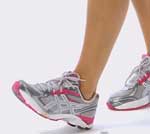
The patient walks with exaggerated ankle movements from the heel raising up high on the toes.
A variation of this is to walk the length of a room either on the toes or on the heels will help to strengthen the calf and shin muscles respectively.
Make sure you do this slowly and under complete control.
Returning to full fitness
The purpose of shin splints exercises is not just about getting pain-free but returning to full fitness without your symptoms recurring. Provided walking is pain-free for 2 weeks, you can start to gradually run again. Apply shin splints taping to support it for the first few runs and ensure you have the correct shoes for your running style or sport. After every training session apply ice to the shin for about ten minutes.

Buy Kinesiology Tape
Ensure you stretch properly before each training session and after. Hold stretches for about 30 seconds and repeat 5 times. Use massage regularly as this will help prevent the muscles from tightening up, hardening, and putting strain back onto the lower leg again.
Below is an example of a gradual return to running program. Begin each training session with a 5-minute walk followed by a stretch.
- 1st day: walk for 4 minutes jog for 2 minutes repeat 4 times
- 2nd day: rest
- 3rd day: walk 4 minutes jog 3 minutes repeat 3 times
- 4th day: rest
- 5th day: walk for 3 minutes jog for 4 minutes repeat 4 times
- 6th day: rest
- 7th day: walk 2 minutes jog for 6 minutes repeat 4 times
Continue increasing in this manner until you are confident enough to return to full training.
